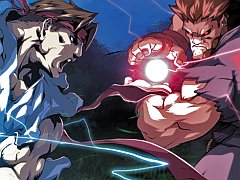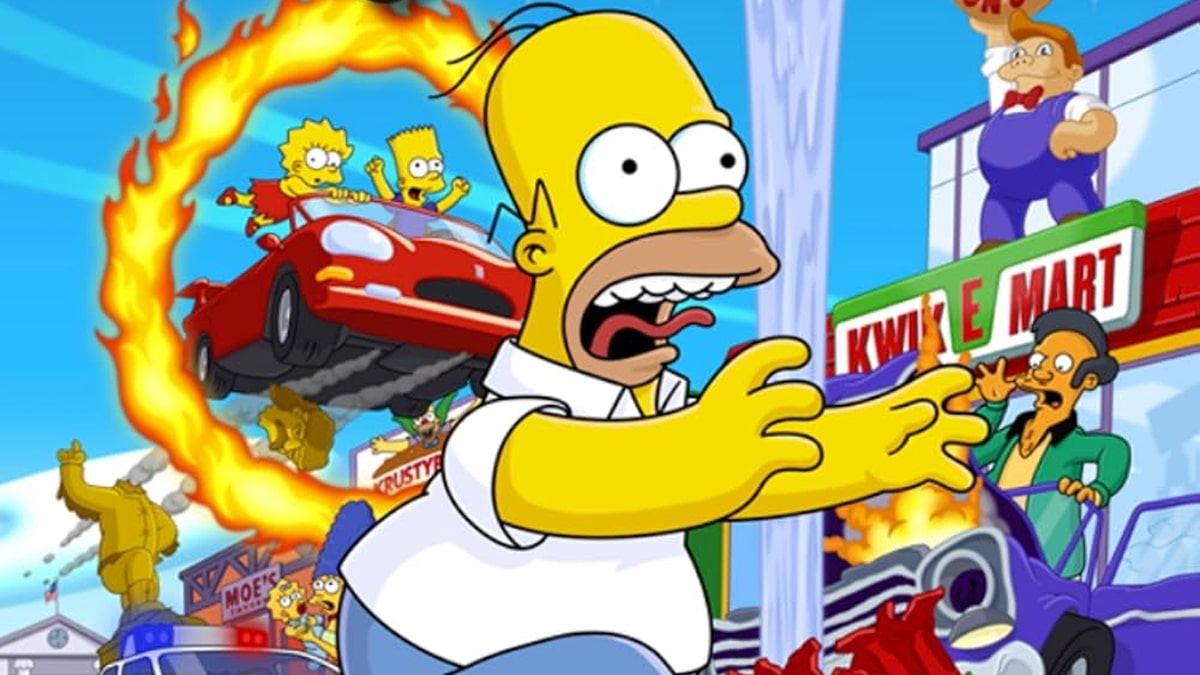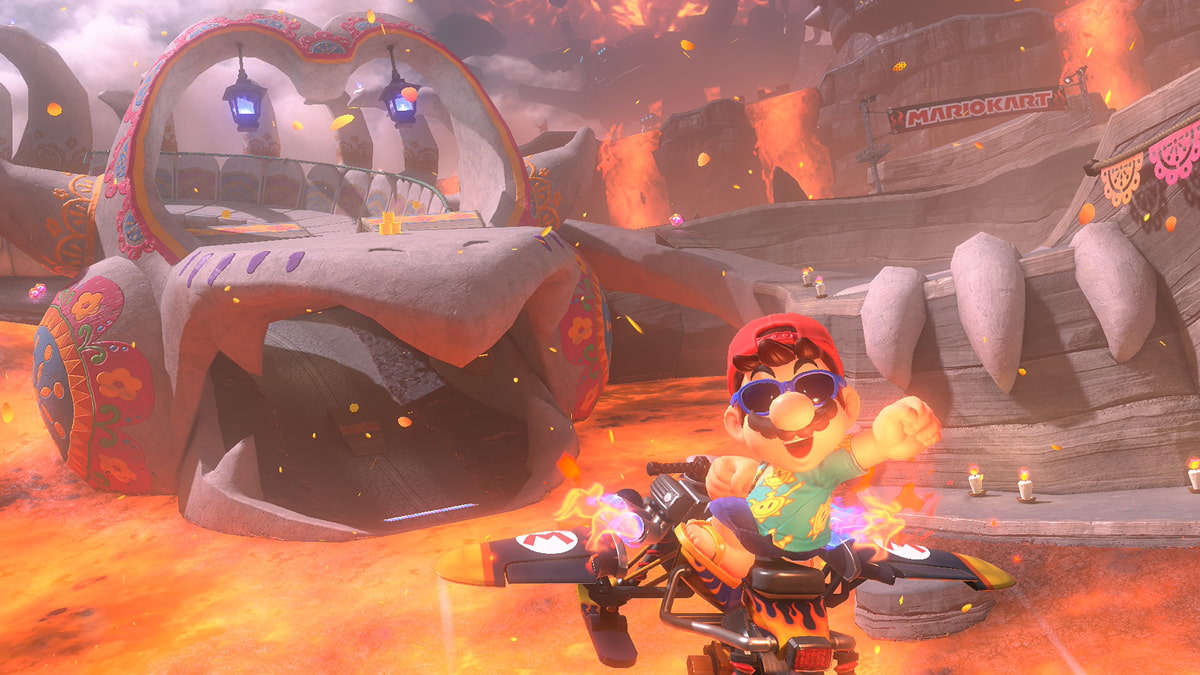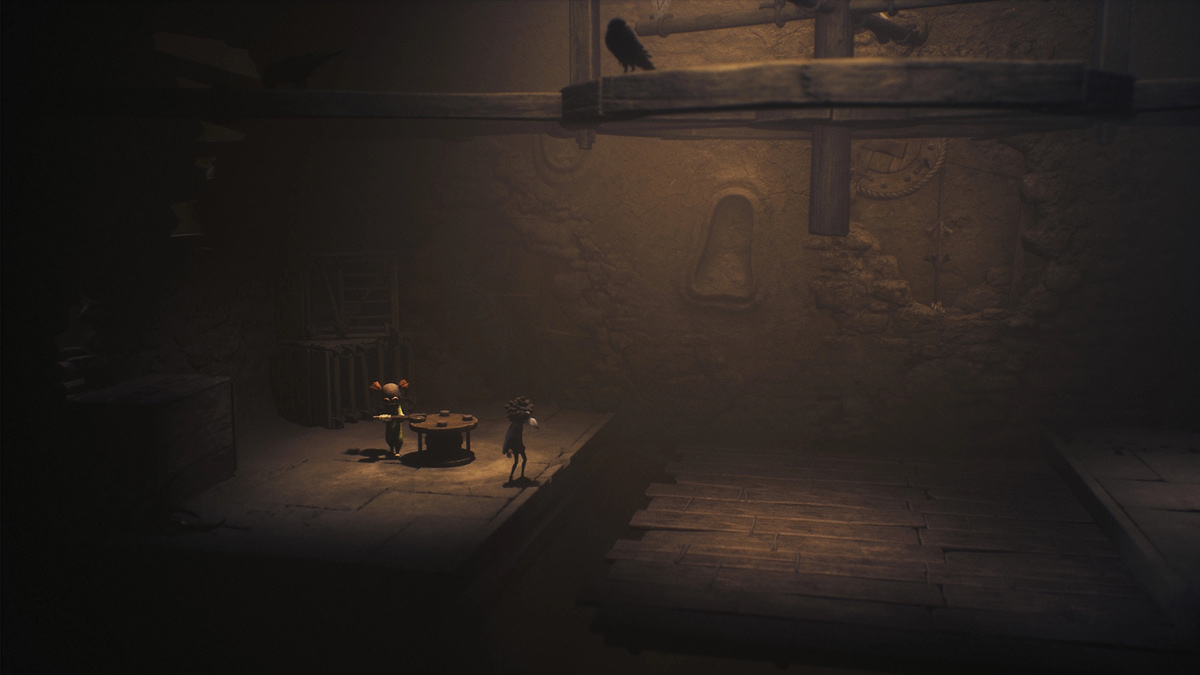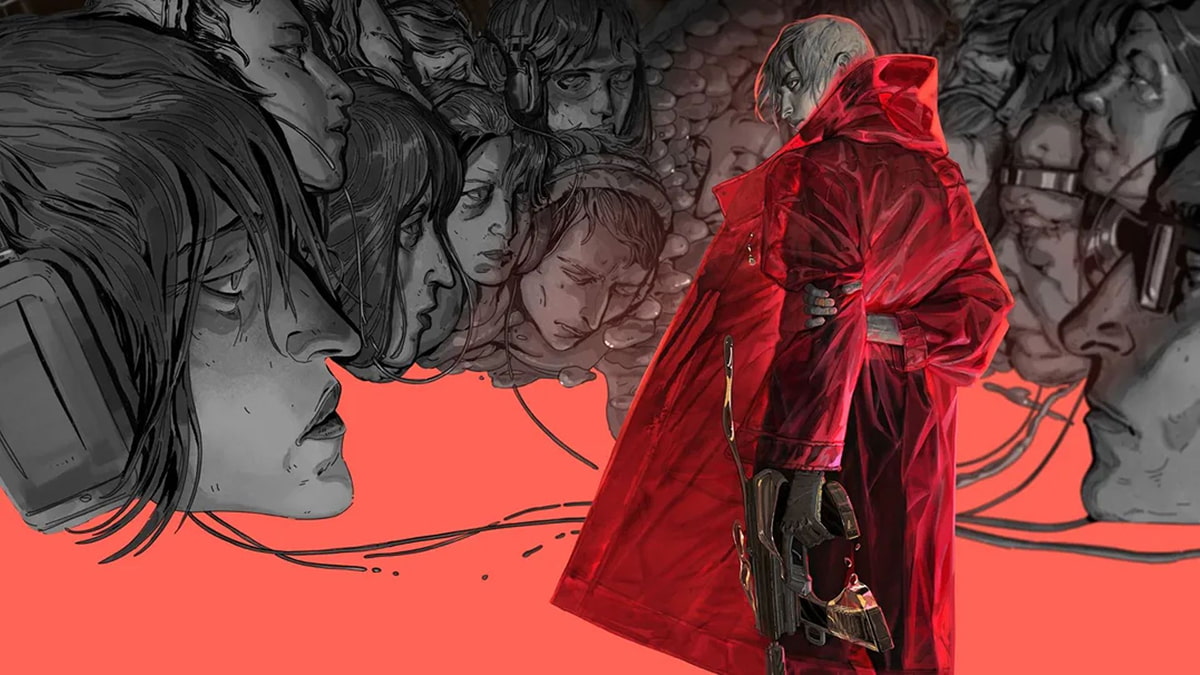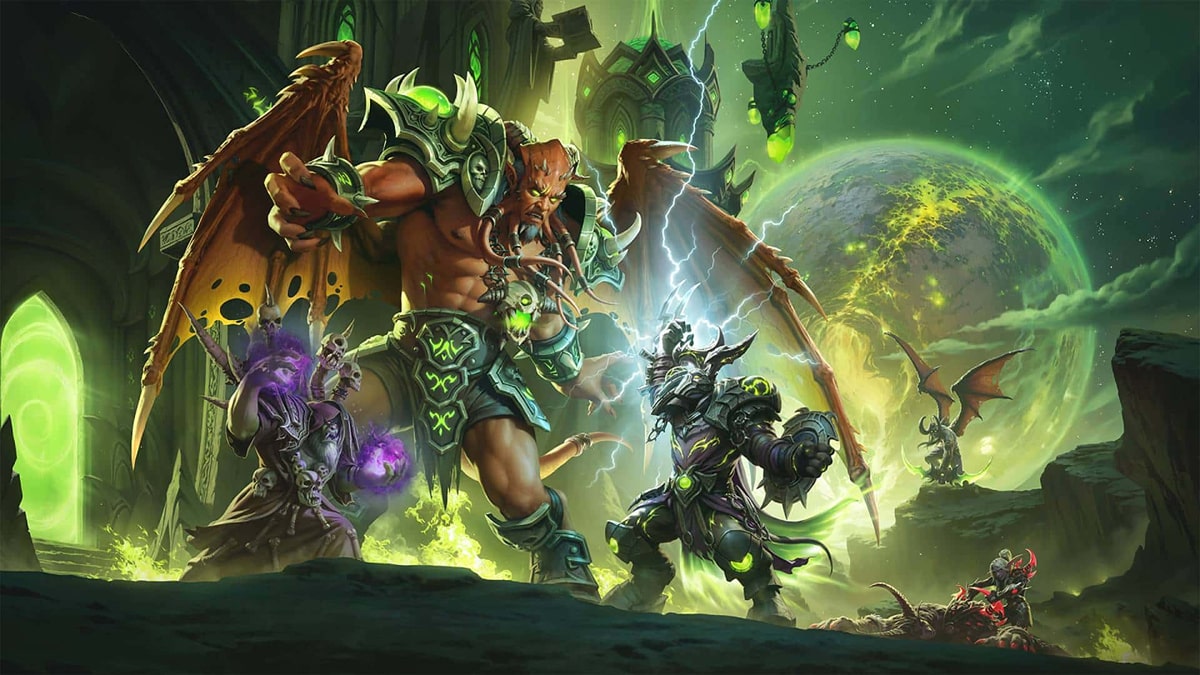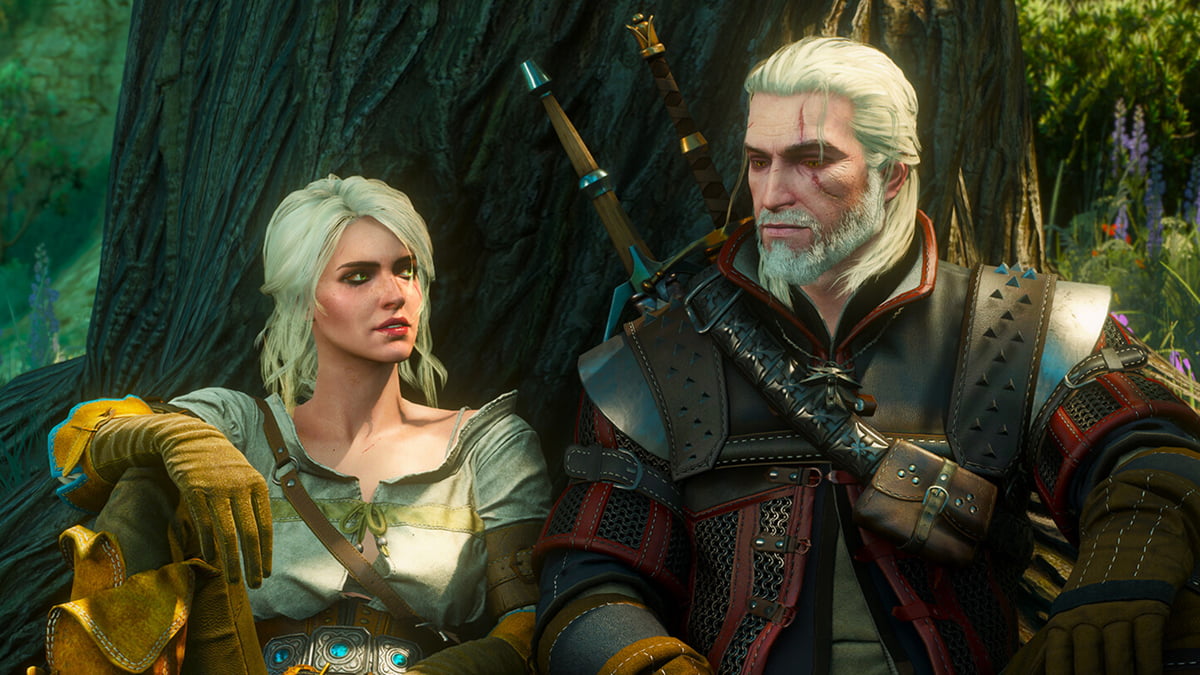You can trust VideoGamer. Our team of gaming experts spend hours testing and reviewing the latest games, to ensure you're reading the most comprehensive guide possible. Rest assured, all imagery and advice is unique and original. Check out how we test and review games here
David Sirlin is the man responsible for not only rebalancing Super Street Fighter 2 Turbo’s gameplay for the recently released Xbox LIVE and PSN title HD Remix, but for getting the feature in the game in the first place. Here, in the first part of a detailed post-mortem interview with lead designer Sirlin, who’s now a free agent having left developer Backbone, he details how the project gained approval from the powers that be at Capcom and reveals exactly what went down during the game’s development.
VideoGamer.com: Now that you’ve left Backbone what are you up to?
David Sirlin: Well, I don’t know where to begin! So there’s my website, I’m writing articles for that. Also I have my own card game, Yomi, I’ve been developing that and there’s something I can’t talk about, I really wish I could but I think there’s a very small chance that this will go through but if it does it’s like a lot of investment and a big new project so I’m working just on the hope that that small chance will pan out.
VideoGamer.com: Can you tell me whether or not it’s in the fighting game genre?
DS: Actually no it’s not. But I would be willing to take the same kind of shot on a new fighting game, too.
VideoGamer.com: Taking you right back to the start, where did the idea of doing a HD Remix of SSF2T come from?
DS: Well I don’t know if I can pinpoint it to a certain moment or anything but it has to do with Capcom Classics Collection. I could go way back there and tell you that Capcom Classics Collection 1 was originally handled by a different company in Japan but they weren’t able to get to the end of that project and so Backbone showed that they could do the emulation needed to get to the end, and because I liked Capcom so much that became my project. That’s where I started being involved with Capcom.
VideoGamer.com: What year are we looking at?
DS: I think it must have been 2004 or something. So during that time I told Capcom that I would really like to see a new Street Fighter and a new Puzzle Fighter as well. I liked that game too. Actually I wanted to make a completely new puzzle game, like a sequel to Puzzle Fighter and a completely new Street Fighter as well. They knew I wanted to do that for a long time. We kept doing new Capcom Classics Collections.
/https://oimg.videogamer.com/images/4a10/sirlin2.jpg)
VideoGamer.com: So the fans have you to thank for HD Remix then?
DS: Yeah, I was only really half done there so I was working for that other project for like a year as well as Capcom Classics Collection. Capcom was talking about a whole big batch of new projects. They was a new Puzzle Fighter, a new art for Street Fighter and an upgrade to, or a new version of 1942 and Commando. Maybe I’m missing something, there might have even been more, but there was at least that many. I can’t say that they said, ‘oh well Sirlin keeps asking for Puzzle Fighter and Street Fighter so that’s why it’s there’. I don’t know if that’s why but I certainly did ask many times. I actually wrote the design proposals for Commando and 1942 and I was trying to do some new things with those games. Capcom liked the proposals a lot and they said that’s why they went with Backbone. The actual games that came out, I was not on those projects and they did not use my designs at all!
VideoGamer.com: But you were involved with the HD Remixes of Puzzle Fighter and Street Fighter.
DS: Even when we were beginning Puzzle Fighter we knew that Street Fighter was the next project. The public didn’t know but we’d been working on Puzzle Fighter for a long time before anyone knew and had laid the foundation for Street Fighter because both of them come from Dreamcast source code, so just on a technical level we were preparing quite a bit ahead of time.
VideoGamer.com: What kind of reaction were you getting from the powers that be at Capcom when you were pushing for these HD remakes?
DS: I was telling them they should do a completely new Street Fighter. There was very little way to argue with that because there wasn’t any, it was one of the biggest licenses in the entire industry and there was nothing. There was, like I said, there was no Street Fighter 4, there was nothing on the horizon at all. They actually said they had a business consultant come in and analyse their company and the consultant told them the same thing. He told them, ‘that is one of your most valuable assets and you’re doing nothing with it’. I don’t know, maybe that stimulated them or something. I said even if you don’t make a completely new Street Fighter you should really re-release these old classics with new art. So they had the Hyper Fighting for Xbox LIVE plan.
VideoGamer.com: The one with the broken net code?
DS: Yeah! Backbone had nothing to do with that, I had nothing to do with that! We bid on that and I guess they went to another company that really did extremely well! That whole project, the one I had nothing to do with, was just mystifying to me. Why not go so much farther with it? I think Capcom only wanted to just barely touch the waters. It’s just the old game with no differences and no real upgrades. And I kept telling them, ‘why not do new art? Why not do new art?’, and they said, ‘no it’s going to be so expensive and Capcom Japan will never go for it’. But then Hyper Fighting became the number one game on Xbox LIVE!
/https://oimg.videogamer.com/images/102b/sirlin3.jpg)
VideoGamer.com: Despite the net code…
DS: Yeah I know. It had all these things against it really and then it became impossible to ignore. What are you guys afraid of? That it’s going to cost too much when this other project that’s so inferior to what we’re talking about was the number one selling game? So from that point on, I don’t know what happened over there at Capcom or why they decided to agree with that but one way or another they did.
So we eventually did start talking about new version of an old Street Fighter and they weren’t really sure even which one. I specifically pushed for Super Turbo and I told them that. Super Turbo, there’s just several reasons why you should choose that one. One is that it’s lasted the longest. It’s still played in tournaments today even though it’s so old, so it’s a real testament to how good of a game it is. Also, it bridges a gap between new and old Street Fighters, or new and old fighting games in general. It has juggles but not really that many, and it has a super meter but not a complicated one. It’s right in the sweet spot of appealing to a lot of people. In addition to that it seemed like this could be a whole set of products, not just one and they could do many of these revisions of old games. Starting with Super Turbo it would mean that you could then go in the progression that they were actually released in. After that I suggested they go to Street Fighter Alpha 2. I’m a multiple time national champion in that one so I know all about it! I’m one of the top three in the US, definitely! So I really wanted that one to be a later attempt because I had a lot of ideas on how to fix the balance on that game. Also if we had all of the art from Super Turbo I thought we could leverage that in Alpha.
Capcom really wanted Alpha 3. That’s not seen as a good tournament game. And also even if you wanted to do Alpha 3 the number of characters are so large that it’s an even bigger project. Alpha 2 characters are sub set so it just makes sense to do Alpha 2 first and then do Alpha 3 second, if you really wanted to get to Alpha 3. They also wanted to do 3rd Strike but 3rd Strike has a lot of animation. It has maybe three times as much and you saw how much of a struggle it was to even finish HD Remix.
VideoGamer.com: So why did Capcom want to do Alpha 3?
DS: They just really liked Alpha 3! It has all these different versions, and it’s been ported to PSP, and Anniversary Collection, every time they add some new features to it and add some new characters to it. I don’t know, I guess they think it sells well. Maybe the really casual crowd likes that game but it’s mostly rejected by the hardcore crowd. So anyway there’s all these different possibilities of what to do. I said my advice is to start with Super Turbo because it’s the first in a progression, it’s a good game and I know a lot about it so I’m going to be the most effective on that one. And they did.
VideoGamer.com: So when were you told you had the green light from Capcom?
DS: I really don’t remember. It would have been a few months before we first announced Puzzle Fighter (April 2007).
/https://oimg.videogamer.com/images/bf08/sirlin4.jpg)
VideoGamer.com: Why were Udon called upon to do the new art?
DS: Udon was brought up from the very beginning. Even before Street Fighter HD Remix when we were talking about some other Street Fighter game Capcom kind of assumed that Udon would be involved. Udon is really the only source of Capcom art that is approved by Capcom Japan and US. Their style is already signed off on.
VideoGamer.com: So they were on board from the beginning. What were the challenges there? I understand they provided art at the beginning of the project that was way too ambitious.
DS: Udon only ever oversaw the art. It’s not like they drew every frame. The initial plan was that they would draw every frame and they said, ‘it will take this long and it will cost this much’. Capcom said, ‘no no that’s totally unacceptable. It’s got to cost way less and be faster’. It really has nothing to do with them being ambitious at all.
VideoGamer.com: Some fans think the initial art that was showcased is better than the actual art that’s made it into the game.
DS: Yeah I’ve heard that too. I think maybe something is lost in the translation there. I don’t know exactly what they’re referring to. There was art that was leaked by some bad person, is that what this is about?
VideoGamer.com: I think that that’s what some of the fans have seen.
DS: The confusing thing is that there was art that was leaked that really shouldn’t have been, then there was also officially released art by Udon and Capcom before they changed the style. So if they’re referring to the second one, the officially released art, then I understand what they’re saying. That art, it had more shading, it was more of the style of Street Fighter 2’s shading, as opposed to the Apha series’ simpler shading. Udon wanted to do that kind of shading, but by that time, well that art that got leaked I hope demonstrated that the people who were working on it were not the right people. And so there was a change in who was doing a lot of the work. And so it was just taking so long that Capcom said, ‘we’ve got to take some measures to make sure the game really comes out’. Changing the shading style to a simpler one at that point in the project was something that, maybe it was necessary to even get to the end.
VideoGamer.com: The game seemed to be put back and put back. Was it mainly down to the art or were there other issues?
DS: Yeah it was the art. I’ve read a couple of people speculating that me tinkering with balance took a long time. No no, that never delayed the project even one day. It was just the art. So they started like I was hinting at, on some trajectory with Udon overseeing a set of artists that did most of the work and it wasn’t working out at all. It took a long time to change paths and get Udon to oversee a different set of artists, that is what you see in the final game. So, that had a lot to do with why it took so long.
/https://oimg.videogamer.com/images/7fa3/sirlin5.jpg)
VideoGamer.com: Looking back, what were the challenges from a production point of view?
DS: Well the art was the most painful one for the project as a whole. That is what took forever. There were also a lot of technical challenges that I wasn’t directly involved with. Just getting the Dreamcast code to work properly was quite a big challenge and then all the online testing. I mean you’ve seen those problems with the online bugs right now. I don’t know how to comment on that, but making an online game that can stand up to this kind of level of play and number of players, this is a very difficult thing to prepare for. So those guys over in tech had a lot of trouble.
Me personally, I mean I struggled almost every day with that whole project trying to get something done. Why do we have this hit box viewer that is not going to ship in the game? Why not have it ship? Nobody wanted it in there. Why not? The list goes on and on. Why is it that the most iconic colours of the characters’ costumes, like Ken in the red gi, why can’t you pick him in this new game? Because you couldn’t for most of the project. So I had this list of these 20 things that I would harp on, like why are we doing such a bad job in all of these areas, and basically guilted a lot of people into doing a better job. The real critical hurdle though for me was having the rebalanced mode at all. At the very beginning of the project I asked Capcom about this and I assumed they would say, ‘yeah right, no way’. The very first thing I said on it was, just take T-Hawk as an example, he jumps when you hold up after three frames and it’s not really long enough to do the piledrive motion. So it’s really frustrating to play that character. Why not put in a few more frames of jump so he could do that move? That was my first example. I had two or three, they were very small things like that, that I thought would improve the game.
There was actually some miscommunication even at the beginning where, their response was originally, ‘yes that’s great let’s do that’, and I said, ‘OK great!’. Then they started to wonder, ‘well wait a minute, did I mean that nobody would be able to play the original game?’. I said, ‘well, you guys told me you wanted it to be perceived as a new game, so I thought you didn’t want people to be able to play the original game’. And then they said, ‘no no no no. We’ve thought about it more and we need to have both available if we’re going to do it’. And so I told them, ‘great I have no objection to that let’s offer both’. That sounds like a good news story but the bad news story is that at Backbone it was a different perception. What I just told you there was at Capcom. Backbone, they just didn’t want to do it at all because it sounded like too much work and who’s going to pay for all this, it’s hard enough to ship this game in the first place and were they going to assign programmers to help me? They didn’t want to do that. So they said, ‘no, we’re not going to do it’. Just flat out no. I pretty much ignored that. I started reading the source code myself, and I’m not a programmer, and I’m certainly not an assembly programmer, so it’s complete gibberish to me. Are you familiar with the Yoga Hyper book?
VideoGamer.com: Yeah, it’s the Japanese Street Fighter bible.
DS: Yeah it’s a Japanese book and it shows all the hit boxes and frame stats. So I had that book and I actually told the artists to get this book because it would help them know, like if they wanted to draw the foot a little bit bigger or something, if they saw the hit boxes they would know where it’s OK to do that and where it’s not. So that book was on our minds to begin with. I sat down with that book and I looked at the hit boxes and I tried to find really strange hit boxes and then I tried to find in the code, numbers that stood out that might correlate. I started to piece together what was what and then I finally found a Rosetta Stone. I found a weird hitbox in the book that matched up with weird hex numbers in the code, and that told me how their system works. I felt like I was doing science, coming up theories about how things work, testing them, and making new discoveries every day. I contacted Capcom, a guy who works at USA but he’s really from Japan, asked for advice on how to decipher all of this stuff. He didn’t really respond.
VideoGamer.com: Sounds like you were stuck between a rock and a hard place trying to make the game as good as it could have been.
DS: Yeah! Nobody around me really wants this thing to even happen and here I am researching code. Every once in a while I would ask some programmer that’s sat next to me, ‘hey can you look at this and tell me what this means?’ and I would try to figure it out. Finally I was like, ‘oh, I think I know how we can change these hit boxes’. The very first thing I did was change Cammy’s Spinning Backfist to go through fireballs like it could in Super Street Fighter. That was a proof of concept. I did it! Oh I get it, I know how to do this now. Over the course of HD Remix there were so many different things that I would want to do though. Not just turn off the hit box, what about changing the size of the hit box? What about more recovery? What about changing the dizzy power? And so on and so on. There was research throughout the whole project of how do we do all of this? Like I said, a lot of it was me, I mean it wasn’t all me, there was a real programmer that helped too, but it was somewhat under the table for a while.
I might have implemented half the balance changes myself, but Eric “Stiltman” Foley implemented the other half. And he also made probably most of the discoveries about how things work over the course of the project because he actually is an assembly programmer. It was hard to get his time though because he always had other tasks on his plate.
/https://oimg.videogamer.com/images/f5b0/sirlin6.jpg)
Eventually I had made enough changes to these files to make a new version that one of the programmers was like, ‘you know you can’t really be doing this’. And I said, ‘well why not?’. And he’s like, ‘well we need to separate what you’ve done from the original code so it doesn’t get mixed up’. And I said, ‘yeah you can separate it, all you have to is use the version control software, you can roll back to the very beginning before I touched any of it’. He said, ‘well you know, it would just be a better practice if we branched the code so we had the original here and we had your new stuff over here’. And I said, ‘yeah that sounds great, why don’t you hook that up in the menus, too!’. At that point it kind of became too much momentum to stop.
VideoGamer.com: It sounds like you nagged everyone to death.
DS: Yeah. So now it was starting to be in the menus and there’s these two different versions and there’s a new code tree now. I don’t know, no-one came round and told me I had to stop so I didn’t. I think it was a year before that project started I knew there was a really high chance of it happening. I didn’t know this rebalancing stuff was going to happen but I knew it might happen and I didn’t want to be in a position where I was like, ‘all right, go as fast as you can change everything!’. I had no idea that this project was going to be so long. Most Backbone projects are super short. So I felt like I had to already know what I was doing before it even started. So a year before that project, the top Street Fighter players don’t even really know this, but I was interviewing them for those balance changes all the time. I think many of them still never put it together. I would be at tournaments all around the country. We’d be watching a match and I would point out, ‘hey Ken just won because of this, what do you think about that? Don’t you think it’s a little too good?’, or ‘he lost because of that, wouldn’t it be so much better if he had this other thing that would help?’ I would get their feedback, so for Ken I was saying this not just to whoever was standing next to me but to the top Ken players that I knew in the whole country, and so on and so on. I would float ideas by the top Chun-Li player and the top Ryu players. So I was preparing for a long time.
Be sure to check back next week for part two of our Super Street Fighter 2 Turbo HD Remix post-mortem with lead designer David Sirlin.
Super Street Fighter II Turbo HD Remix
- Platform(s): PlayStation 3, Xbox 360
- Genre(s): Beat 'em Up, Fighting
